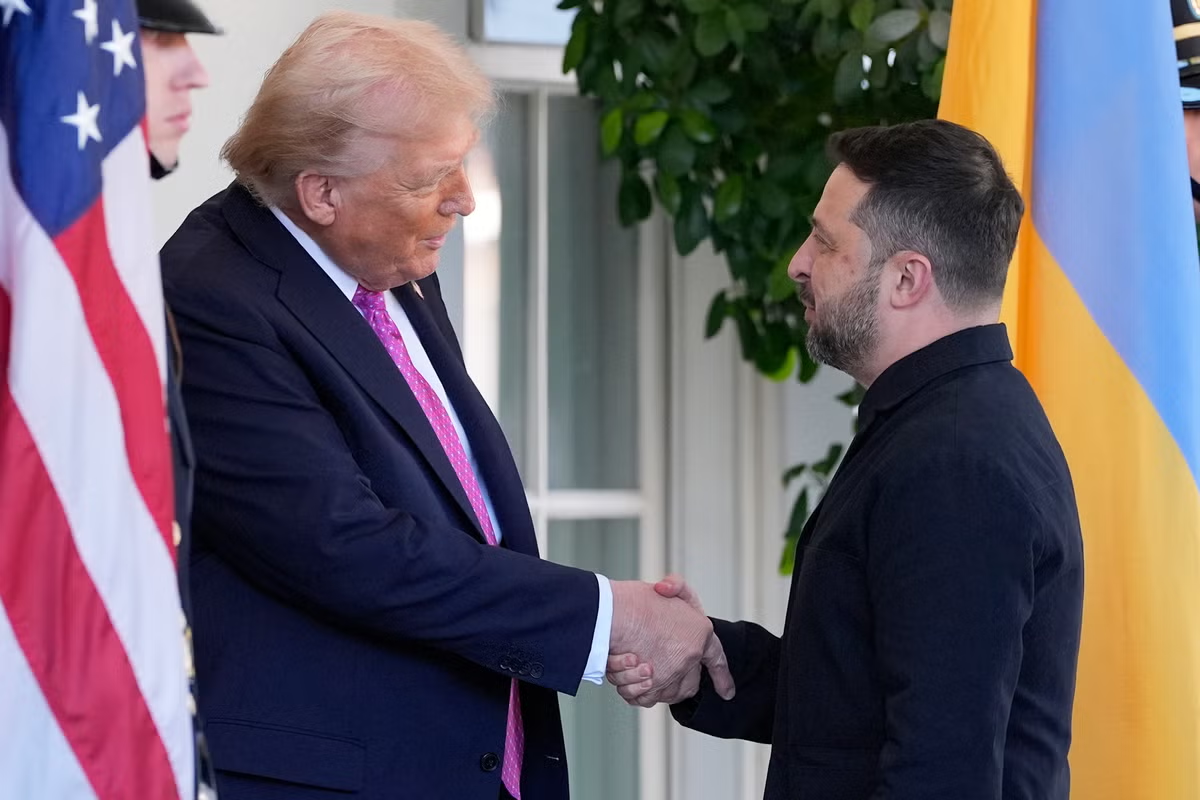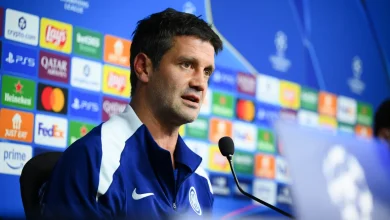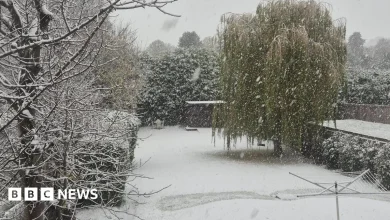As Zelensky heads to Washington, could a Ukraine peace deal be in reach?

Will it all be over by Christmas? Volodymyr Zelensky has asked to see Donald Trump in the coming days for final consultations on a peace deal to end the war in Ukraine, now in its fourth winter. Trump himself has posted on social media that “something good just may be happening”.
The Americans seem to be in a hurry to get a peace deal signed off, while the Russians have at least shown some interest in ending the fighting, albeit very much on Moscow’s terms. But, of course, there have been many false dawns in the course of a conflict that has in fact lasted, on and off, since the first Russian invasion in 2014.
Why the rush?
It seems to be primarily a function of President Trump’s habitual impatience and desire to add yet another peace deal to the seven or so he claims to have been responsible for so far. As is well known, he feels he deserves the Nobel Peace Prize. Russia feels it is making gains on the battlefield but progress is slow and costly, and its economy is struggling. Ukraine fears running out of troops and losing vital US intelligence support, which Trump has threatened to withdraw if a deal isn’t reached. Zelensky also has troubles at home over a major corruption scandal; peace “with honour” might help him stay in power. American and Russian officials are in talks in Abu Dhabi.
What’s in the deal?
We don’t know for sure. What we do know is that it won’t be the 28-point plan agreed between Trump and Putin’s envoys that was leaked last week. The Witkoff-Dmitriev Plan looked very much like a document produced by the Kremlin with a few concessions to Kyiv, perhaps for the sake of appearances. At that point it seemed that President Trump endorsed it and wanted to hand it to the Ukrainians on a “take it or leave it” basis, with the added threat to withdraw vital intelligence cooperation. In a social media post Trump repeated some old lines about Zelensky being ungrateful and giving his nation poor leadership.
Since then, the Europeans and Ukrainians have supplanted the Russian proposal with a new “19 point plan”, which is more favourable to Ukraine, focusing on an immediate ceasefire followed by talks on the more difficult questions, such as territory. The talks in Geneva between US Secretary of state Marco Rubio and the Ukrainian delegation in Geneva seems to have been instrumental in ditching much of the Russian script.
What are the sticking points?
There are many. Territory is obviously one, and Ukraine won’t accept the surrender of lands in the Donbas that the Russians haven’t even conquered – and which would gift Russia a strategic advantage in any future invasion. The willingness of Ukraine to cede land is intimately linked to the security guarantees on offer from the Americans and the Coalition of the Willing led by France and Britain. Other contentious issues include: the size of Ukrainian armed forces; membership of Nato; who pays to rebuild Ukraine; and Russia being allowed to rejoin the G7; and ending sanctions.
What do they agree on?
Ukraine seems to have given up on its ambition to reclaim Crimea and the easternmost parts of the country. Russia has also abandoned the swift and complete victory Putin dreamed of in February 2020. Ukraine can join the EU; prisoners will be returned.
Why is Zelensky going to Washington to meet Trump?
On the basis that Trump’s foreign policy is aligned with whoever he last spoke to, it’s worth a go. However, as the world witnessed in the infamous Oval Office ambush in February, it could also go horribly wrong.
What will happen?
It is likely the Russians will want further concessions that the Ukrainians and the Europeans won’t be able to accept. Given that Putin has always been content to just grind on with the war, that’s the most likely thing to happen. But peace is closer than it was, and it might happen before the war enters its fifth year in February.





